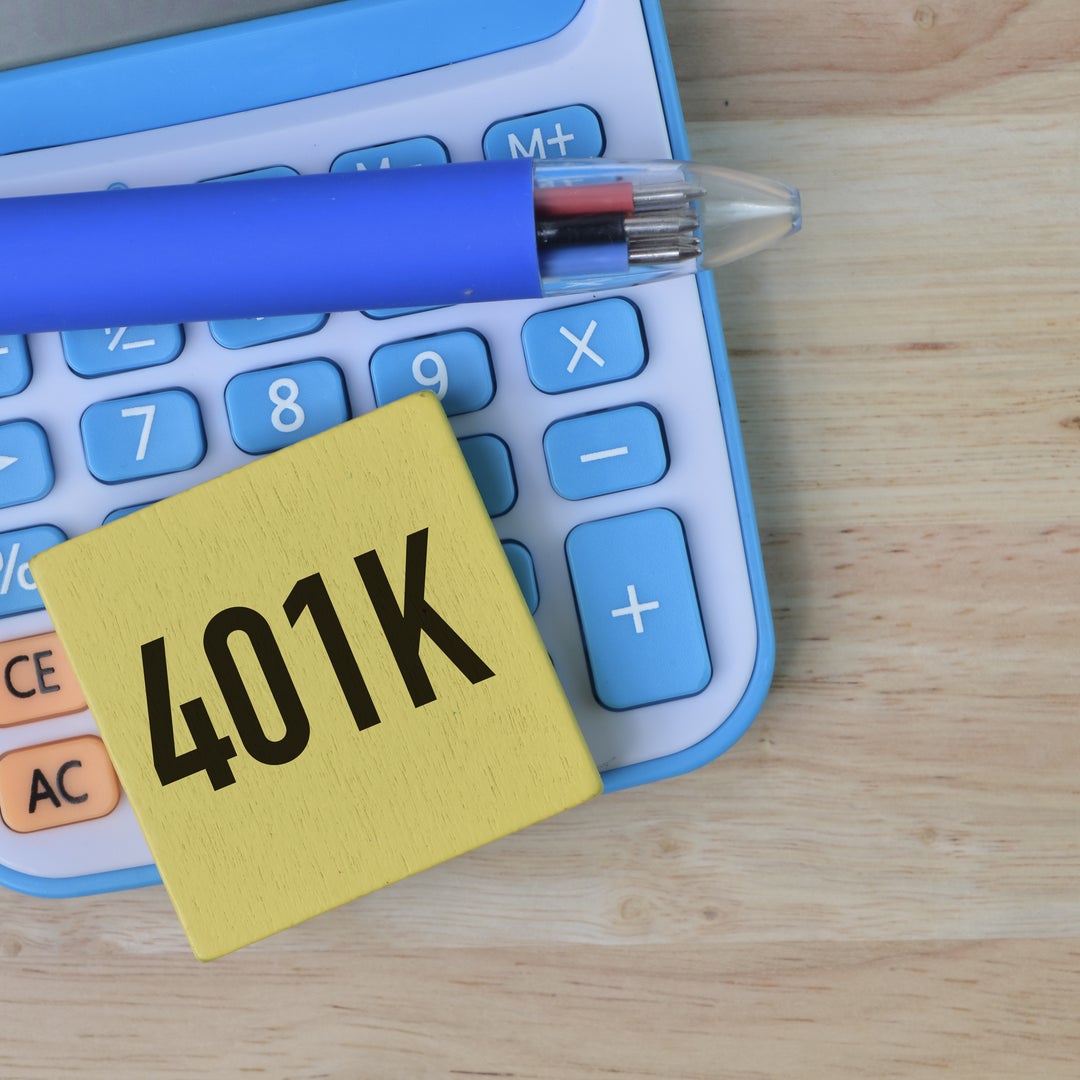What is a 401(k) Match and How Does It Work?

Saving for a secure retirement requires a number of money-smart strategies coming together, and in the eyes of workers, some factors seem more integral to success than others.
What is a 401(k) match?
A 401(k) match is when your employer matches the contributions you’re making to your 401(k) account on an annual basis. The employer uses a percentage rate of the employee’s contribution, up to a certain limit.
Why is a 401(k) match beneficial?
Topping the list in a recent survey from Principal Financial Group: getting a matching contribution from your employer in your 401(k) plan. Nearly two-thirds — 62% — of workers identified company matches as important for reaching retirement goals.
That workers are fond of the match shouldn’t be surprising, says Tess Zigo, a certified financial planner at LPL Financial in Palm Harbor, Florida. “We like to refer to that as ‘free money,’ and it is,” she said. “If I’m putting in 3% of my money and you’re putting in 3% of your money, sign me up! I’m taking your money.”
Getting “free money” is a no-brainer. It’s math. Which is why it’s somewhat curious that only 22% of employees in the survey identified starting investing early (in one’s twenties) as important to building a secure retirement.
To some experts, like IRAHelp.com publisher and certified public accountant Ed Slott, the remaining 78% are making a major goof. “The greatest money-making asset anyone can possess is time,” he says.
Why you should take advantage of you 401(k) match
Here’s why you should prioritize both to maximize your chances of building wealth toward retirement. Here’s a hint: The advantage of starting early comes down to math, too.
Significant long-term impact
If you’re choosing how to invest for retirement, you’d be wise to prioritize your workplace retirement plan, Grant Sabatier, a millionaire early retiree and author of “Financial Freedom,” said. “The No. 1 thing is to invest enough to get the 401(k) match,” he says. “That’s 100% free money. If they match 50% of your contribution, that’s a 50% return.”
If your company offers a 401(k), chances are it offers some kind of matching contribution as well. Of workplaces that offer 401(k) plans, 98% make contributions to their workers’ retirement savings, according to the Plan Sponsor Council of America. The most common set-up: The company contributes 50 cents for every dollar the worker puts in, up to 6% of pay, per the Council’s research.
So how much impact does getting a matching contribution make on your long-term returns? Consider the following calculation (which you can replicate and alter using Bankrate’s 401(k) Calculator). A 21-year-old investor earns $50,000 and contributes 6% of her salary to her 401(k), which her employer matches for 50 cents on the dollar. Her employer increases her salary, on average, by a modest 2% per year, and her investment portfolio earns 8% per year.
By the time she retires at age 66, she’ll have contributed nearly $220,000 with her employer chipping in about $110,000. Her projected grand total, factoring in the growth in her portfolio: $2.3 million.
Had she blown off the employer match and invested in, say, an IRA, she’d miss out not only on the employer’s contributions but also the compounding growth of that money. Eliminate the matching contributions, and her total at retirement slides all the way down to $1.5 million.
Time in the market gives your money a chance to grow more
Slott isn’t the only one who thinks investors are wrong to de-prioritize time in the market. As a young person, “you have something that older investors don’t have: time,” Craig Ferrantino, president of Craig James Financial Services in Melville, New York said. “Time is the greatest predictor of success in markets.”
The reasoning is, once again, mathematical. Having more time in the market drastically increases the potential boosting effect of compounding returns. “The nature of compound interest is it behaves like a snowball of sticky snow,” said Warren Buffett at the 1999 shareholder meeting for the company he helms, Berkshire Hathaway. “And the trick is to have a very long hill, which means either starting very young or living to be very old.”
Try our compound interest calculator to see for yourself!
One is clearly easier to control than the other. To return to the earlier hypothetical, the 21-year-old investor who invested 6% of her salary in her 401(k) and got the match could end up with $2.3 million at retirement. Under those same conditions, had she waited until age 26 to start investing, a gap of just five years, her projected total would drop to just over $1.5 million. Had she begun at age 30, she’d have just under $1.1 million by the time she turned 66.
The views expressed are generalized and may not be appropriate for all investors. The information contained in this article should not be construed as, and may not be used in connection with, an offer to sell, or a solicitation of an offer to buy or hold, an interest in any security or investment product. There is no guarantee that past performance will recur or result in a positive outcome. Carefully consider your financial situation, including investment objective, time horizon, risk tolerance, and fees prior to making any investment decisions. No level of diversification or asset allocation can ensure profits or guarantee against losses.
This material has been presented for informational and educational purposes only. The views expressed in the articles above are generalized and may not be appropriate for all investors. The information contained in this article should not be construed as, and may not be used in connection with, an offer to sell, or a solicitation of an offer to buy or hold, an interest in any security or investment product. There is no guarantee that past performance will recur or result in a positive outcome. Carefully consider your financial situation, including investment objective, time horizon, risk tolerance, and fees prior to making any investment decisions. No level of diversification or asset allocation can ensure profits or guarantee against losses. Article contributors are not affiliated with Acorns Advisers, LLC. and do not provide investment advice to Acorns’ clients. Acorns is not engaged in rendering tax, legal or accounting advice. Please consult a qualified professional for this type of service.








